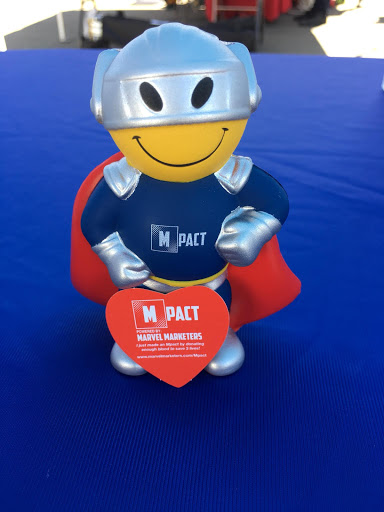If you’ve ever had to manage a Marketo migration, then you know that it’s a lot like moving into a new house. Just like moving houses, Marketo migrations involve identifying items that won’t be coming with you, transferring everything you still want, and unpacking everything but arranging in an entirely different environment. Your goals for moving may be unique to your situation, but the goal is usually to set up everything as good as, or better than what you had before.
Marketo migrations are similar because you’re transferring your marketing assets and data to a new instance. Migrations are an opportunity to start over from scratch with fresh data, new standardized processes, and establish best practices for your new instance. Marketo migrations will always follow a certain set of stages:
- Pack what you need, leave behind the rest
- The move
- Unpacking and arranging
Pack What You Need, Leave Behind The Rest
Migration projects are opportunities to discard parts of your Marketo instance of old unusable assets and data, but organizations need time to understand which things can stay or go. Communication is essential for managing Marketo migrations. It begins with marketing, sales, and other stakeholders in your organization, as well as Marketo and any 3rd parties who integrate with your system. During the initial project launch, you should engage in project discovery with each of these stakeholder groups, to gather information and understand their needs and explore possible areas for improvement.
Once you have a good sense of the project scope, you need to understand the project’s scale by cataloguing marketing assets (emails, landing pages, etc.). You should also catalogue any external integrations that need to be transferred to your new Marketo instance. Analysis is required of your actual data and the new data model, including objects, fields, and how they may map to your CRM (e.g. Salesforce sync). Once you’ve established everything that needs to move, you can begin the actual moving.
The Move
Once you’re ready to begin moving your assets, you should rely heavily on your Adobe / Marketo team to guide you. You will use at least one Marketo sandbox to migrate assets and align Marketo programs with any new field names, internal business processes, etc.
As an example, you may need your users to align their forms with any new field names (with numerous other examples of migration updates required). At this point it is time to do rigorous user acceptance testing (UAT). Marketo admins should provide the overall framework and project tracking resources to assist their users with UAT. You may also choose to perform a data migration to a sandbox instance to both test the Marketo-to-CRM synchronization, validate the data model, and confirm valid data sets to be transferred to your final production instance. Now it’s time to settle in.
Unpacking and Arranging
The hardest part of any move is the placement, organization, and actually turning everything on – often all at once. Before the go-live date, all data should already be in Marketo and your CRM, with your synchronization fully enabled and tested. Any recurring processes should be scheduled in advance and set to their repeating cadence well before the go-live date. On the go-live date, your Marketo users will want to:
- Activate all automated workflows during a narrow window before your business begins the work week
- Test your highest-priority programs so that no launch errors inhibit your emails or lead capture from any forms
- Have the core migration team make themselves available (war room and office hours) for any systemic issues that may arise and need direct attention during this critical period
The key to this stage is decentralizing as much of the work as possible amongst your Marketo users, but making sure that you are all aligned and constantly over communicating.
Migrations can be a real pain, but like any move, they are worth it in the end. This blog post outlined the essential stages that can help minimize risk, cater to both your internal and external users, and streamline overall project management of your Marketo migration. If you follow these migration stages, just like with personal (housing) moves, you can begin business anew in your new home.




